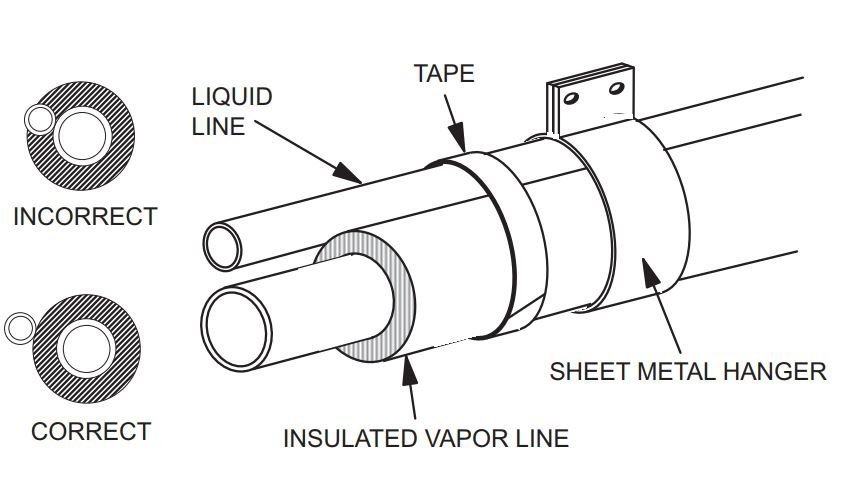Get Tech Tips
Subscribe to free tech tips.
Don’t Use Barometric Pressure For Calibration

Take a look at the screenshots above. The one on the left is for Death Valley at 282′ below sea level, and the one on the right is Denver, CO, at 5,280′ above sea level.
Notice the barometric pressure values; they are almost the same.
That means that barometric pressure is corrected or “normalized” to sea level so that the weather can easily be compared from one place to another. In other words, barometric pressure is there for weather forecasting, not for calibrating tools or for calculating air density. In fact, If you own a simple dial barometer and you change its elevation, you would need to recalibrate it to get it to match the forecast. Look at the chart below; you will notice that pressure drops by about 1″ for every 1000′ of elevation change. This is how altimeters in aircraft work; they really aren't measuring distance, but they measure pressure and convert it into altitude.

If it weren't for this barometric normalization, barometers in Denver would hover around 24″Hg rather than the 30″ you will find in the forecast.
Of course, you can correct this by subtracting from the forecast barometer pressure based on the altitude.
For the Denver reading of 30.24, you would do it like this –
5,280 ÷ 1000 = 5.28″ of mercury pressure below sea level
30.24 – 5.28 = 24.96″Hg (inches of mercury)
If you want to convert that to PSIA, you divide by 2.036 to get PSI.
24.96 ÷ 2.036 = 12.26 PSIA
Obviously, none of this is a problem when using tools that you must simply “zero” to the atmospheric pressure. Still, in some cases, an instrument or calculation may require you to enter the pressure directly. This is when using barometric pressure can be an issue—unless you live at sea level as I do.
—Bryan










Comments
To leave a comment, you need to log in.
Log In